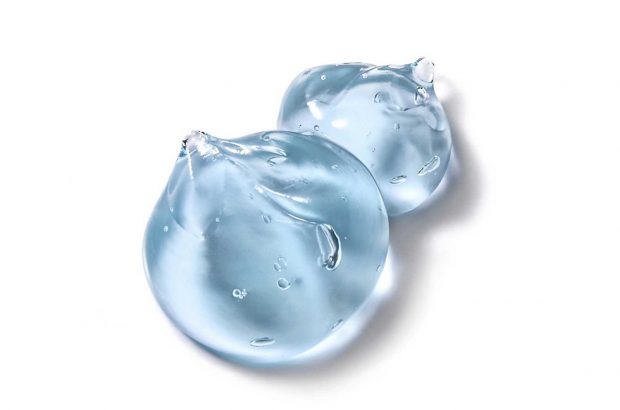
Photodynamic Therapy (PDT)
Photodynamic therapy (or PDT) is an advanced dermatology treatment which involves the application of photosensitising cream on the skin and then the use of a bright red light to activate the cream and destroy abnormal skin cells such as skin cancers. Photodynamic therapy is particularly useful for the treatment of certain types of skin cancer and precancer, which might otherwise require surgical treatment.
How does Photodynamic Therapy (PDT) work?
Photodynamic therapy involves the use of a cream containing a naturally occurring chemical substance called a porphyrin. When a light is shone on them, the molecules in these photodynamic therapy creams are able to absorb light energy of a particular colour to become activated (or ‘excited’). Activated porphyrin molecules then interact with oxygen in the skin to produce substances that kill cancer cells. Photodynamic therapy creams specifically target cancer cells, and hardly affect normal skin.
What are the advantages of Photodynamic Therapy (PDT)?
The major advantage of photodynamic therapy is that it is completely non-invasive (no injections or surgery) and is quick, so that a skin cancer or pre-cancer can be successfully treated in just one or two treatment sessions (a week apart). The alternative to photodynamic therapy is usually surgery, which leaves a scar or application of anticancer creams, which although effective can cause quite significant inflammation (redness and crusting) for several weeks. Photodynamic therapy usually leaves no visible scar. Depending on the type of skin lesion your dermatologist may suggest that surgery, cryotherapy or other treatments are more appropriate than photodynamic therapy.
Which conditions is (PDT) used to treat?
Photodynamic therapy (PDT) is an effective treatment for actinic (or solar) keratoses and Bowen’s disease, which are pre-cancerous conditions that can develop into invasive squamous cell carcinoma (SCC), a potentially serious form of skin cancer, if left untreated. Photodynamic therapy is an extremely useful treatment for superficial basal cell carcinoma (BCC), which is a very slow growing form of the commonest skin cancer. There is increasing evidence that photodynamic therapy can in expert hands photodynamic therapy can be used instead of surgery for carefully selected forms of nodular (raised) basal cell carcinoma. Photodynamic therapy is never used to treat invasive squamous cell carcinoma (SCC), or melanoma, which usually require complete surgical removal.






